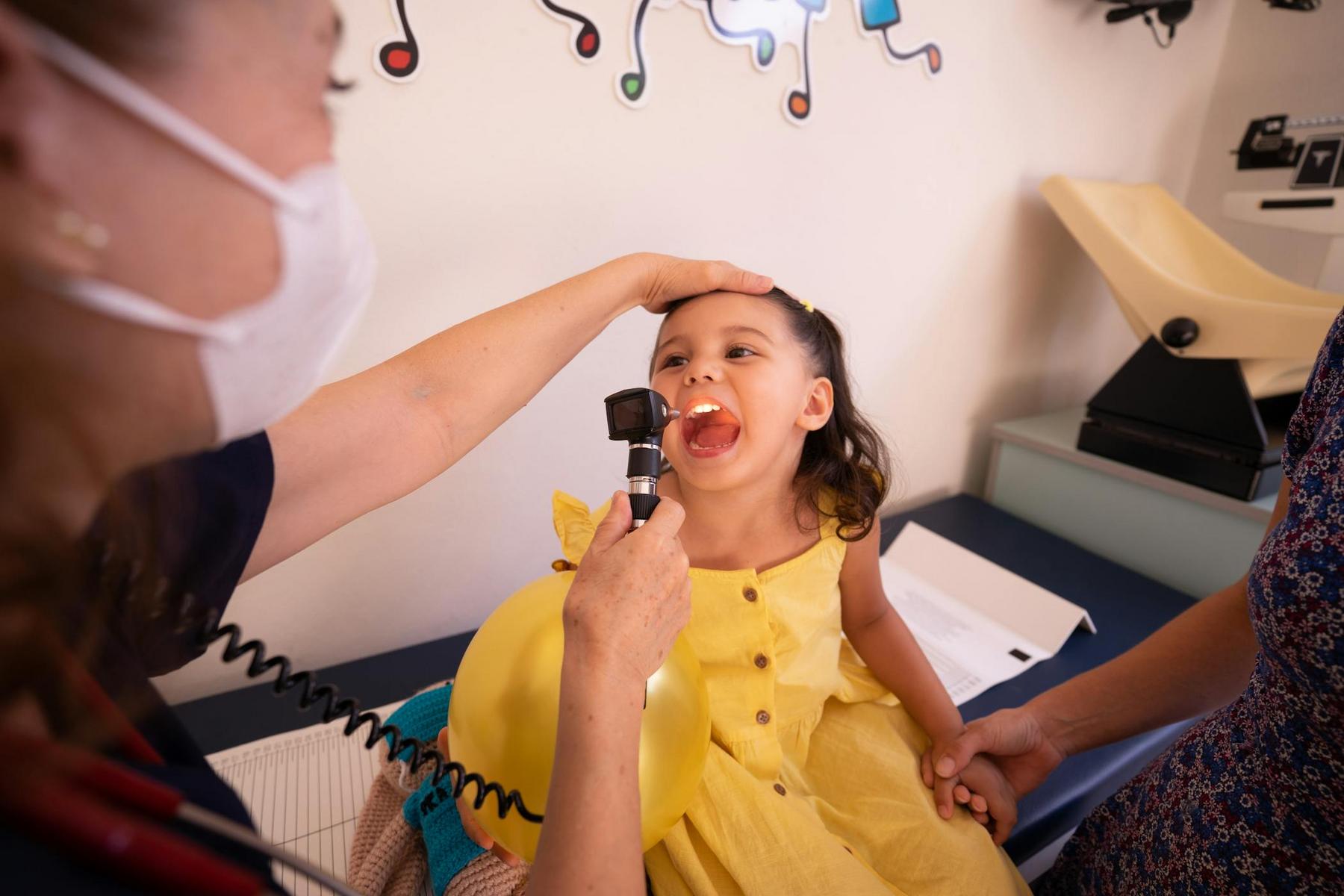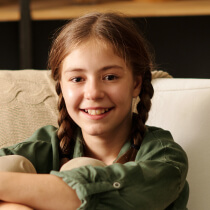Understanding the Voice Behind Childhood Nodules
The prevalence of vocal nodules in the paediatric population represents one of the most common causes of dysphonia in children. As speech pathologists working with young voice clients, understanding the perceptual characteristics associated with these benign lesions is crucial for accurate assessment and effective intervention planning. The 2005 research by Shah, Woodnorth, Glynn, and Nuss published in the International Journal of Pediatric Otorhinolaryngology provides valuable insights into the correlation between perceptual voice features and paediatric vocal nodules, illuminating pathways for evidence-based clinical practice.
What does the research reveal about paediatric vocal nodules and voice quality?
The study demonstrates a significant correlation between specific perceptual voice characteristics and the presence of vocal nodules in children. Particularly noteworthy is the association between nodules and the severity of hoarseness, breathiness, vocal strain, and episodes of aphonia. These perceptual features represent the audible manifestations of underlying pathophysiological processes occurring at the level of the larynx.
In my clinical practice at Speech Clinic, these findings reinforce the importance of comprehensive perceptual voice assessment protocols. When conducting evaluations with children presenting with dysphonia, specific attention should be directed towards identifying these characteristic perceptual markers. The presence and severity of these features can provide valuable diagnostic information even before instrumental assessment is undertaken, potentially expediting the referral process to otolaryngology when indicated.
How does laryngeal hyperfunction contribute to nodule development?
One of the most significant findings highlighted in this research is the strong correlation between vocal nodules and laryngeal hyperfunction. This excessive muscular tension and effort during phonation creates traumatic forces at the vocal fold level, leading to tissue damage and subsequent nodule formation at the midpoint of the membranous vocal folds—the area experiencing maximum impact during phonation.
This understanding has profound implications for therapeutic intervention. As speech pathologists, our treatment approaches should prioritise techniques that directly address hyperfunctional behaviours. Voice therapy focusing on relaxed phonation, resonant voice techniques, and modification of vocally abusive behaviours becomes not merely symptomatic treatment but addresses the underlying causal mechanism of nodule development. When working with children, these techniques must be adapted to be age-appropriate, engaging, and consistent with developmental capabilities.
What is the relationship between reflux disease and vocal nodules in children?
Interestingly, the research did not support a significant correlation between reflux disease and vocal nodules in the paediatric population. This finding contradicts some clinical assumptions that gastroesophageal reflux contributes substantially to nodule formation in children. This distinction is clinically relevant as it suggests that while reflux management may be appropriate for overall vocal health, it may not directly impact nodule resolution if hyperfunction remains unaddressed.
This research-based clarification helps speech pathologists prioritise intervention components, ensuring that the primary focus remains on reducing hyperfunctional behaviours rather than potentially overemphasising reflux management. However, it remains important to consider reflux as a potential comorbid condition that may require separate management through medical channels, particularly if signs of laryngeal irritation are present.
How can multidimensional voice assessment enhance clinical practice?
The correlation between perceptual voice characteristics and vocal nodules underscores the value of multidimensional voice assessment protocols in paediatric practice. While perceptual analysis forms a cornerstone of clinical assessment, integrating acoustic, aerodynamic, and endoscopic evaluation provides a comprehensive understanding of vocal function and pathology.
For clinical practice in 2025, this multifaceted approach is increasingly accessible through technological advances. Telehealth platforms, like those utilised at Speech Clinic, can now incorporate sophisticated acoustic analysis software, allowing for remote quantification of voice parameters that may correlate with nodule presence and severity. This technology bridges gaps in service delivery, particularly for families in regional and remote areas of Australia, ensuring that comprehensive voice assessment is not limited by geographical constraints.
What are the implications for collaborative care models?
The findings of this research emphasise the importance of interdisciplinary collaboration in the management of paediatric voice disorders. The correlation between perceptual features and laryngeal pathology highlights the complementary roles of speech pathologists and otolaryngologists in assessment and treatment planning.
Effective management protocols should incorporate regular communication channels between these professionals, ensuring that perceptual changes observed during therapy are contextualised within the framework of potential physiological improvements at the laryngeal level. In Australia, where healthcare models increasingly emphasise integrated care approaches, establishing formal collaborative pathways between speech pathology and ENT services represents best practice in paediatric voice management.
Advancing Paediatric Voice Care Through Evidence-Informed Practice
The findings from Shah et al.’s research provide a foundation for refining our clinical approach to paediatric vocal nodules. By understanding the strong correlation between perceptual voice features—particularly hoarseness, breathiness, and strain—and nodule presence, we can develop targeted assessment protocols and intervention strategies that address the underlying mechanism of laryngeal hyperfunction.
For parents and carers, this research offers reassurance that perceptual voice changes can provide valuable clinical information, potentially reducing the need for invasive diagnostic procedures. For speech pathologists, it reinforces the validity of perceptual assessment as a critical component of the diagnostic process and highlights the importance of hyperfunction reduction as a primary therapeutic goal.
As we continue to advance our understanding of paediatric voice disorders, research that correlates perceptual features with physiological findings remains invaluable in guiding evidence-based practice. Through the application of these insights, we can optimise outcomes for children with vocal nodules, preserving vocal health and communicative function throughout development.
If you or your child need support with voice concerns or have questions about vocal nodules, please contact us at Speech Clinic.
What are the characteristic symptoms of vocal nodules in children?
Children with vocal nodules typically present with persistent hoarseness, breathiness, reduced volume, vocal fatigue, and strain when speaking or singing. They may also experience episodes of aphonia (voice loss) particularly after periods of intense vocal use. The quality of voice often has a characteristic rough, raspy quality that parents frequently describe as sounding “croaky” or “gravelly.” These perceptual features directly correlate with the mechanical disruption of normal vocal fold vibration caused by the nodular masses.
How are vocal nodules diagnosed in the paediatric population?
Diagnosis involves a multidisciplinary approach beginning with comprehensive case history and perceptual voice assessment by a speech pathologist. Definitive diagnosis requires visualisation of the vocal folds through laryngoscopy or stroboscopy performed by an ENT specialist, which reveals the characteristic bilateral, symmetrical swellings at the junction of the anterior and middle thirds of the vocal folds. The research by Shah et al. supports that certain perceptual features strongly correlate with nodule presence, potentially allowing for earlier identification and referral.
What treatment approaches have the strongest evidence base for children with vocal nodules?
Evidence supports voice therapy focused on reducing laryngeal hyperfunction as the primary treatment approach. This typically includes vocal hygiene education, elimination of vocally abusive behaviours, and techniques to promote optimal vocal fold function through relaxed phonation. Treatment efficacy is enhanced when therapy is delivered in developmentally appropriate contexts, incorporating play-based activities for younger children and relevant functional contexts for adolescents. Parent/carer education and involvement are critical components of successful intervention.
Can vocal nodules resolve without professional intervention?
While spontaneous resolution of nodules may occur in some cases as children mature and vocal behaviours naturally modify, research indicates that structured intervention significantly improves outcomes and prevents potential long-term voice impairments. The strong correlation between nodules and hyperfunctional behaviours suggests that without addressing these underlying patterns, complete resolution may be less likely. Professional assessment is recommended to determine appropriate management strategies rather than adopting a “wait and see” approach.
How does the management of vocal nodules differ between children and adults?
Paediatric management differs from adult approaches in several key aspects. Children’s intervention necessarily incorporates developmental considerations, family dynamics, and educational contexts. While adult therapy may focus primarily on direct voice technique modification, paediatric approaches balance direct and indirect therapy components, with significant emphasis on environmental modification and caregiver education. Additionally, surgical intervention is generally considered a last resort in children, with conservative management through voice therapy being the strongly preferred initial approach.

















